It takes a village to raise a child. It takes a friendly wine community to support a small wine company, especially through its first uncertain steps on a new path, one leading towards importing, distributing and talking about natural wines with confidence.
As we approach our 1000th blog post (more on that later), we take a few posts to honour some of the most longstanding members of La Famille de Les Caves., whilst they, simultaneously, honour us!
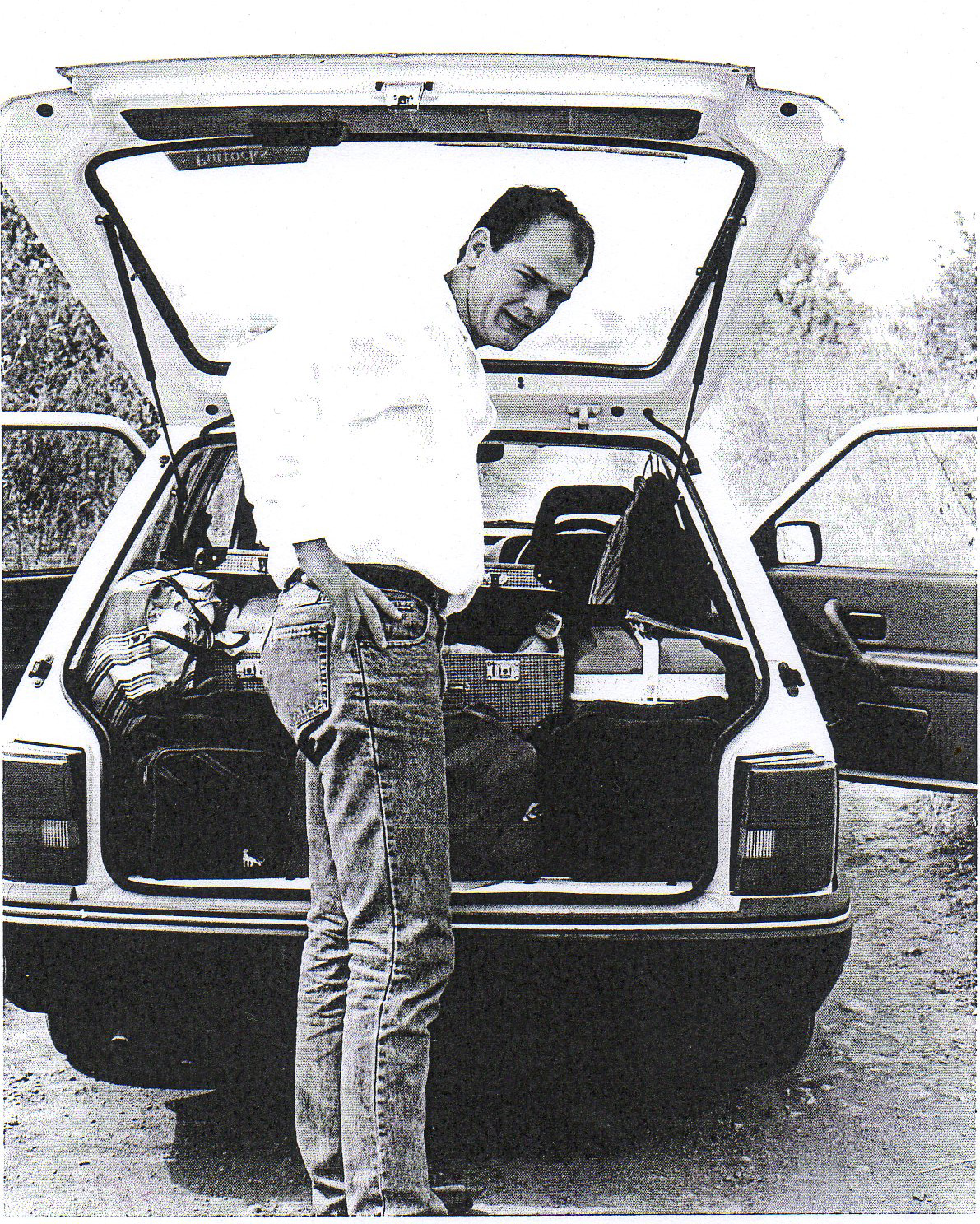
Eric Narioo has presided over Les Caves since the mewling babe was born in 1988. Fast forward to 2023, and Eric divides his time between his vineyard at Vino di Anna (where he and Anna Martens make brilliant natural wines from an incredible volcanic terroir), and London. Eric has been a true innovator, often taking half-formed ideas and fearlessly developing them into living, breathing realities. Les Caves has grown from its humble origins – four people and a van, a tiny local enterprise perpetually teetering on the edge of oblivion – into a company that at one point employed over 150 people (including its restaurants and partner ventures). Over the years, he has forged countless connections throughout wine world, and wherever you mention the name, Eric Narioo, in natty company, you elicit a smile of recognition. That guy! Eric may appear diffident at times (he always deprecates praise and being in the spotlight), but he is hugely respected for what he has done for the growers we work with and for the overall success of natural wine.
Jamie Goode
I had known Jamie Goode for a few years via his blog Wine Anorak, which he started in 2001 as an amateur wine lover. He also had a newspaper column. In his blog, in particular, he has brought a specialist scientific stance, and has his insight and research into so many aspects of wine make the site a go-to resource. We first met at Brawn for dinner, and shared at the time two fabulous bottles of natural wine: I Vigneri Vinujancu and Panevino Alvas Bianco. What a memory! I didn’t need to defend or justify these offbeat natty wines. Jamie’s receptiveness (and enthusiasm) towards them really struck me. Over the years, he has been a good friend of Les Caves, someone I felt I could always ask for advice about matters wine-related. We’ve also shared a few trade platforms over the years, chatting discursively and philosophically about what intrigues us about wine (and natural wine at that). He is also one of the only writers in this country to approach natural wines in an open-minded way and to speak up for them on their merits. And review them! For all his science background, he is a passionate wine drinker who appreciates delicious and unusual wine flavours.
In Jamie’s words:
I can’t remember when I first came across Les Caves de Pyrene, but it would have been early in my wine journey. I remember stopping off at the retail shop in Guildford and putting together a case, and being complimented on how typical a Les Caves case it was. I recall that it was filled with oddities, and at that time there would have been some Loire (a Cot, for sure), gems from southwest France, and even an Alicante Bouschet from the Languedoc. Back then, typical Les Caves red wine fare was much darker and more rustic than current offerings, and Natural Wine wasn’t really a thing, although we were starting to talk about it. Southwest France was a big focus in those days. We weren’t afraid of extract or oak, and no one was really making lighter-coloured reds the way they are now. Glouglou was yet to be born.
The Les Caves that evolved in the early noughties, though, was very much about pioneering the natural wine movement. I was an early observer of this alliance of like-minded producers through participating in an online wine forum where Joe Dressner was a regular participant. When I wrote my first book – Wine Science – in 2004, there was a section on natural wine where Joe was quoted. Things picked up in the UK and reached a sort of watershed moment with the Real Wine Fair, debuting in Borough Market in 2011. I was hooked, and the lunches and dinners with Doug Wregg were a source of great joy and inspiration. I was never a natural-only sort of wine drinker – my work meant that I had to have a much broader focus – but I was an advocate.
Many of my peers sneered at natural wine, making tiresome jokes and predicting its demise. Often, this was on the basis of limited exposure: they sat in judgement without even trying many examples. I found it perplexing. But rather than dying, natural wine has grown to the point that it’s now mainstream.
Sharing bottles with friends, many of my friends who work in hospitality and retail, has been a great pleasure. We get together and drink wines that by any sensible interpretation of the term natural, are properly natural. We taste other wines, of course, but the ones that get us excited are the wines without make-up. Wines that are low intervention, but which are skilfully made, and which display a sense of place.
Les Caves has been an intrinsic part of this revolution, and with its selective but brave buying, has bought so many natural winegrowers to the attention of those of us in the UK. For a long time, Terroirs was the go-to place in London for great wine; now, since its closure, we have to schlep a bit further to Soif. But Les Caves have also helped incubate a rich natural wine culture in the UK that’s full of energy, and with lots of places to go and drink natural and authentic wines. Where would be without them, and particularly, Doug Wregg?
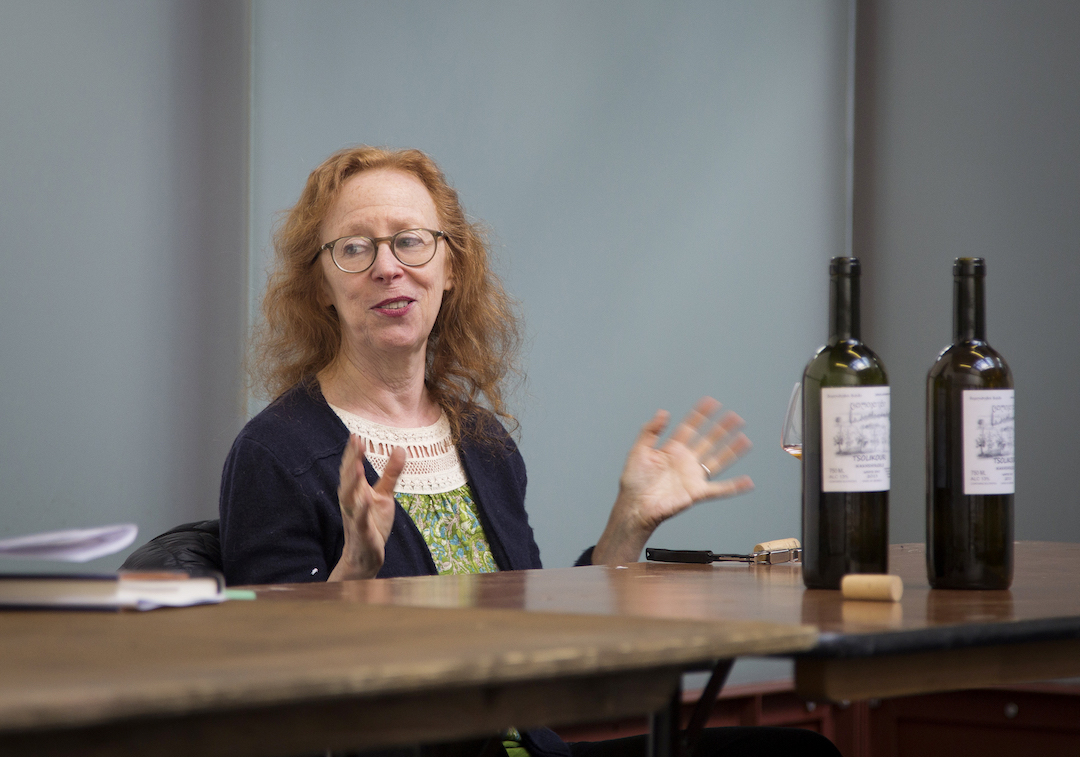
Alice Feiring
Alice Feiring is, for me, the one of the original voices of natural wine. I first knew of her through her controversial book: The Battle for Wine and Love: Or How I Saved the World from Parkerization (published just before Terroirs opened) and then through her blog: Veritas in Vino which eventually became The Feiring Line. She has since written a further half dozen books. To say that what she writes chimes with me is an understatement. We met, virtually-speaking, when I wrote to her out of blue, expressing my admiration for the blog, and then in person at The Natural Wine Fair, subsequent various Real Wine Fairs, and three times in Georgia, a country she lovingly wrote about in For The Love of Wine. Alice is part investigative reporter, part dreamy idealist, full of passion, brilliantly perceptive, and contrarian (in the best sense). I admire her courage, battling against the special interests in the sniffy US wine world, and I admire her pithy, limpid prose which always cuts to the heart of the matter.
Chrissie Rasmussen
Christina (Chrissie) Rasmussen makes me glad that I am part of the wine world. She is the spirit of curiosity, thoughtful and intensely focused whether tasting or writing about wine. She loves beautifully crafted, terroir-driven natural wines. Her palate is terrifically intuitive and discerning; she understands purity at a primal level and writes with poetic insight. We met at Terroirs years ago when she was interviewing me about Beaujolais wines (as far as I can recall), and since then we’ve shared a natural wine journey, excitedly exchanging information and experiences about the wines and growers we love. For the past couple of years, Chrissie has set up Little Wine, a unique resource that gathers and disseminates useful information about artisan growers and their wines.
In Chrissie’s words:
In early 2017, two and a half years after I had joined the London wine trade, an evening at Terroirs Wine Bar with Jean-Pierre Frick would become one of the most memorable and important experiences of my life in wine. During the tasting, Jean-Pierre opened two bottles of Steinert Grand Cru Riesling 2012—one without sulphites added, and one with a mere 10mg/L added at bottling (such a tiny amount it should be almost undetectable)—and served them to us without telling us which was which. One was as bright and energetic as it gets; fully charged and fresh as a daisy; almost as though it was actually trying to speak to us, to tell us that its microbiome was still very much alive and kicking five years after its making. The other was a little subtler, a little quieter, a tad more subdued… as though its battery was sitting at around 80%. It was the latter I assumed was the wine that had been bottled without sulphites; after all, that’s what you’re taught at wine school. So, imagine my surprise when it was revealed to be the inverse. I sat dumbfounded, my mouth opening and closing like a goldfish. I tumbled head first even more in love with wine. I became more determined to meet and taste with as many winemakers as I possibly could, to try and get under the proverbial (grape)skin of wine and to try to better understand those two wines that I’d had in front of me that evening. I also bought Jean-Pierre’s book, Du Vin, de l’Air, which I still find myself quoting frequently. It remains my favourite wine book ever written.
Fast forward 6+ years, I still cannot quite explain what I experienced both microbiologically, and possibly spiritually, within those two glasses of Steinert. I can say, however, that I’ve experienced hundreds of living wines that have moved me in similar ways, countless of which have come to me via Les Caves de Pyrene, and I’ve spent as much time as possible with hundreds of people whose dedication to wine spurs me on. One of these people who continues to inspire me on a daily basis is the very author of Les Caves’ blog; the inimitable, passionate and most supportive Doug Wregg.
That evening was, as Jean-Pierre would say, a glass of wine, a breath of fresh air. Like many other memories, I am fortunate that it was documented in Les Caves’ blog, so that I may relive it with a fond smile. The blog is a treasure trove of wine information, representing countless special moments that have been frozen in time for us all to enjoy. Long may this special vinous diary live, and thank you!
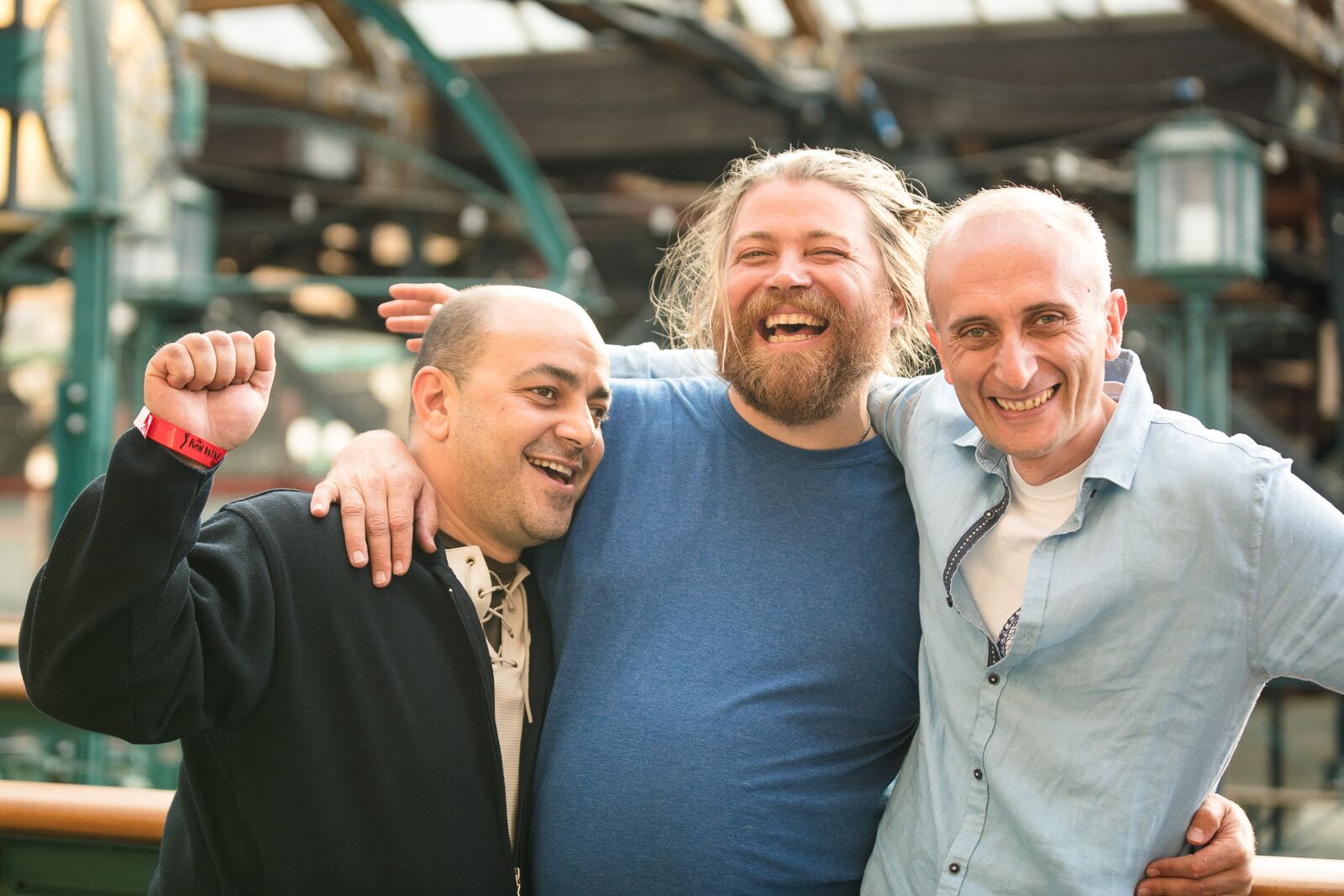
John Wurdeman
If you look up larger-than-life in the dictionary, instead of a written definition, there is a picture of John Wurdeman. Renaissance man – father, painter, singer, chef/restaurateur, writer, vigneron, and friend to Georgia, ambassador for her culture, nurturer of the careers and fortunes of his fellow men and women, John’s energy is inexhaustible, his variety infinite. He is loyal and generous in equal measure – nothing is ever too much trouble for him. John and his fellow Georgian wine producers were an integral part of the first Real Wine Fair, and have been so in the subsequent iterations. Our friendship with him inspired Eric and myself to visit Georgia on several occasions between us, and, as result, we ended up as the biggest importer of this country’s wines in the U.K. Through John, we were also introduced to the incredible historical culture of Georgia. He is involved in numerous projects from the Pheasant’s Tears winery itself to restaurants, wine bars, import companies, a travel company, brewery, hotel, and arts festivals. His compendious knowledge of history and gastonomic culture make every visit an education. And, of course, he travels all over the world spreading the cultural message from his adoptive country. John is more than a friend; he is a brother.


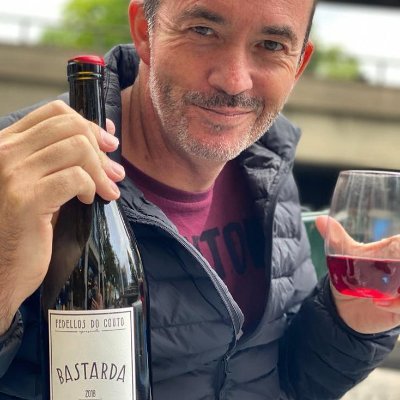
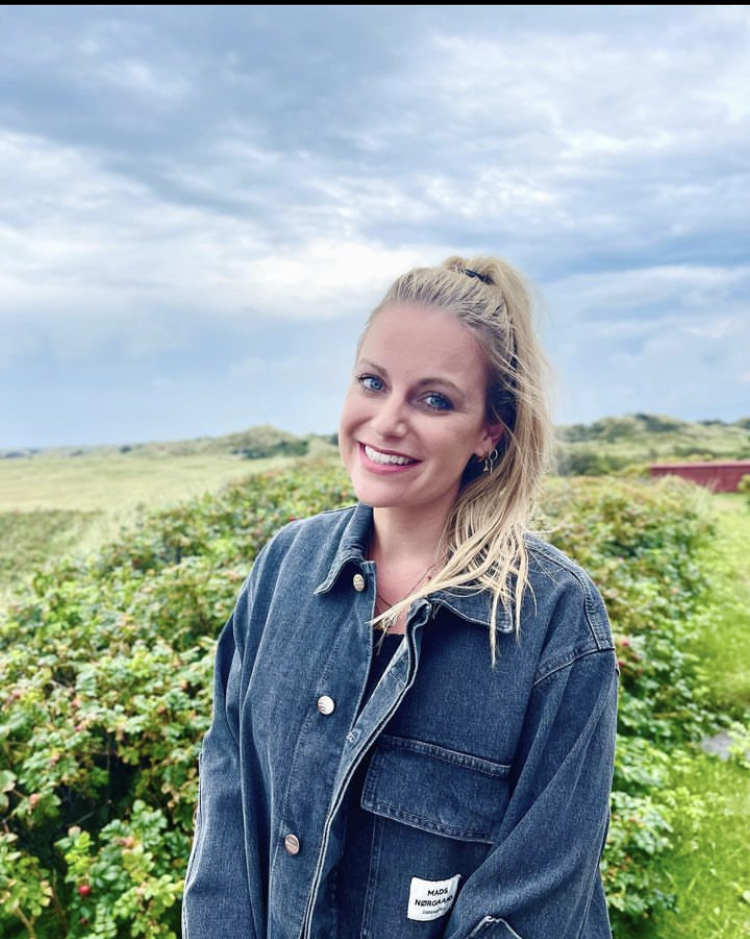
Pingback: La Famille de Les Caves: A tribute to those near and dear: Part 2 – Les Caves de Pyrene